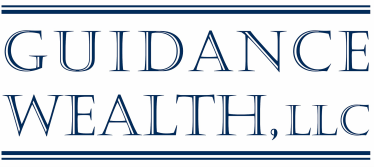|
|
Archives
March 2024
|
|
Account Access
Fidelity Investments |
|
Investment Advisory Services offered through Guidance Investment Advisors, LLC (GIA) a Registered Investment Adviser
Privacy Policy : ADV Disclosure Brochure : Client Relationship Summary
Developed by 323 Business Solutions
Privacy Policy : ADV Disclosure Brochure : Client Relationship Summary
Developed by 323 Business Solutions

 RSS Feed
RSS Feed